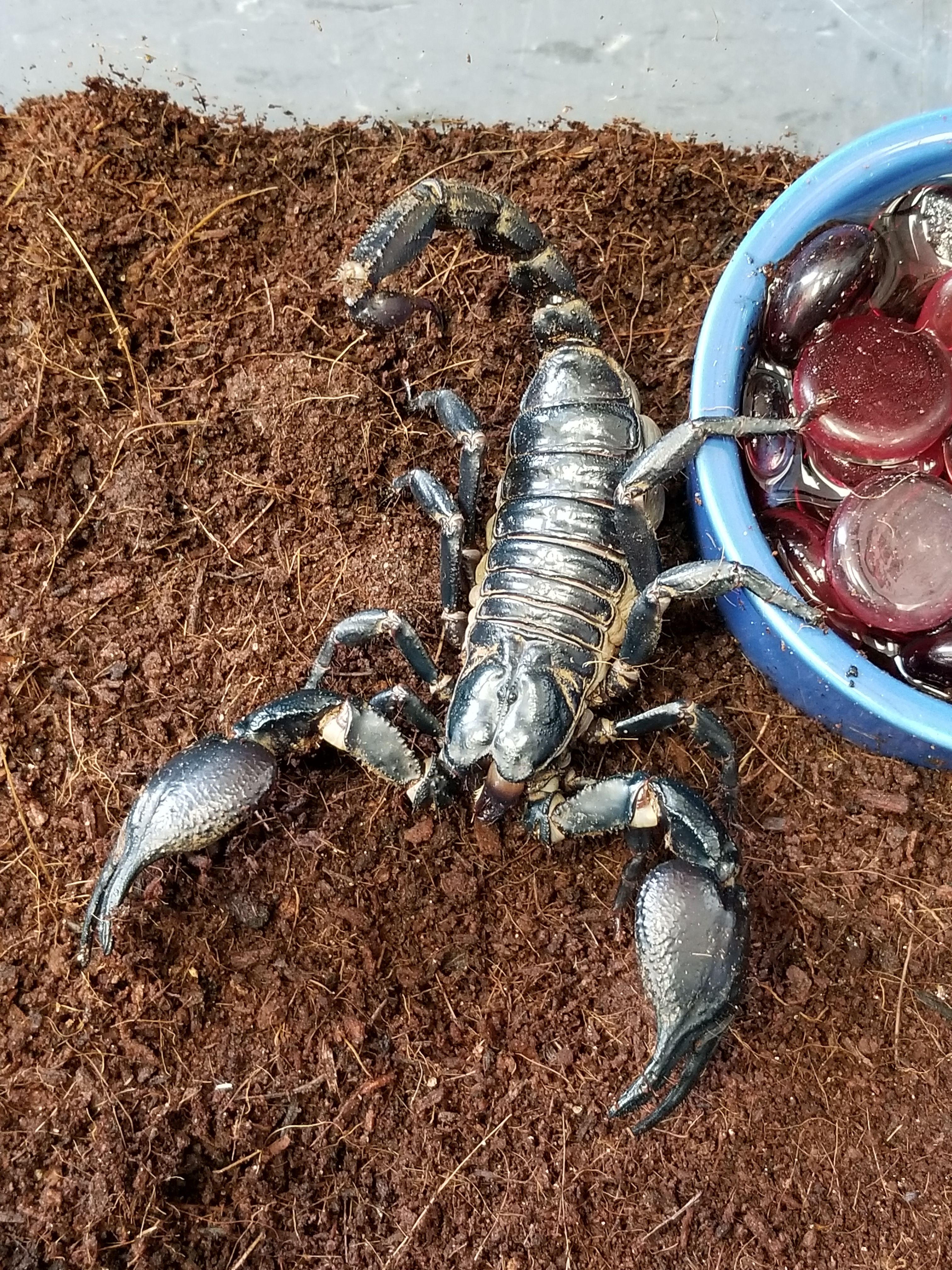

Plan to bring a flashlight and a blacklight.Sometimes scorpions don’t become active until 30 to 60 minutes after sunset.To glimpse a scorpion in the wild, here are a couple of tips: mordax can live for around 10 years, “to hazard a guess.” One, Esposito caught with a pair of chopstick-length tweezers and placed on her sleeve, where it wandered harmlessly, as she said she’d never been stung while collecting. Most were just a pair of neon claws backing down into their burrows. And surely it would, too, if it weren’t an arachnid smaller than your pinkie finger, with a sting milder than a honeybee’s, and so shy it generally only leaves its burrow to hunt on inky nights and even then is most often seen running away. It’s called, depending on whom you ask, either the western forest scorpion or the Pacific forest scorpion and so is probably best identified by its proper Latin name: Uroctonus mordax, which is so delightfully metal that it sounds like a scorpion that eats elves for breakfast and hobbits for brunch. The scorpion we’re looking for has a classic sinister scorpion look: black-brown, with oversize boxing glove pincers. Scorpions often emerge from hiding in small crevices and in leaf litter after the sun goes down to hunt for insects and other arachnids. Collecting scorpions for study, says Lauren Esposito, entails a lot of walking slowly in the dark. And on a moonless night in late September, she took us on an easy hike up Mount Tam, where there are-who knew?-a bunch of scorpions. Are you in a swamp, a jungle, or the woods? A 100-foot-deep cave? In the Alps or the Andes? There are scorpions.Īll of this is great news for Lauren Esposito, scorpion biologist and an assistant curator of the California Academy of Sciences, where she holds the Schlinger Chair of Arachnology. Do you live on a continent? Is that continent Antarctica? No? Then there are scorpions on your continent. We’ve described maybe 2,400 species of scorpions (only around 1 percent of which are dangerous to humans) and there are hundreds more scorpions that we haven’t yet named. Now imagine how many scorpions are loose in the world. Perhaps the scorpion is thinking about hiding in your boot or giving a frog an Aesopian death.

Eight legs, two claws in front of its mouthparts, a venomous stinger dangling from a curved segmented tail, its carapace glossy-the scorpion moves silently and yet seems to promise that at any moment it could suddenly commence with a dreadful and irresistible chittering.


 0 kommentar(er)
0 kommentar(er)
